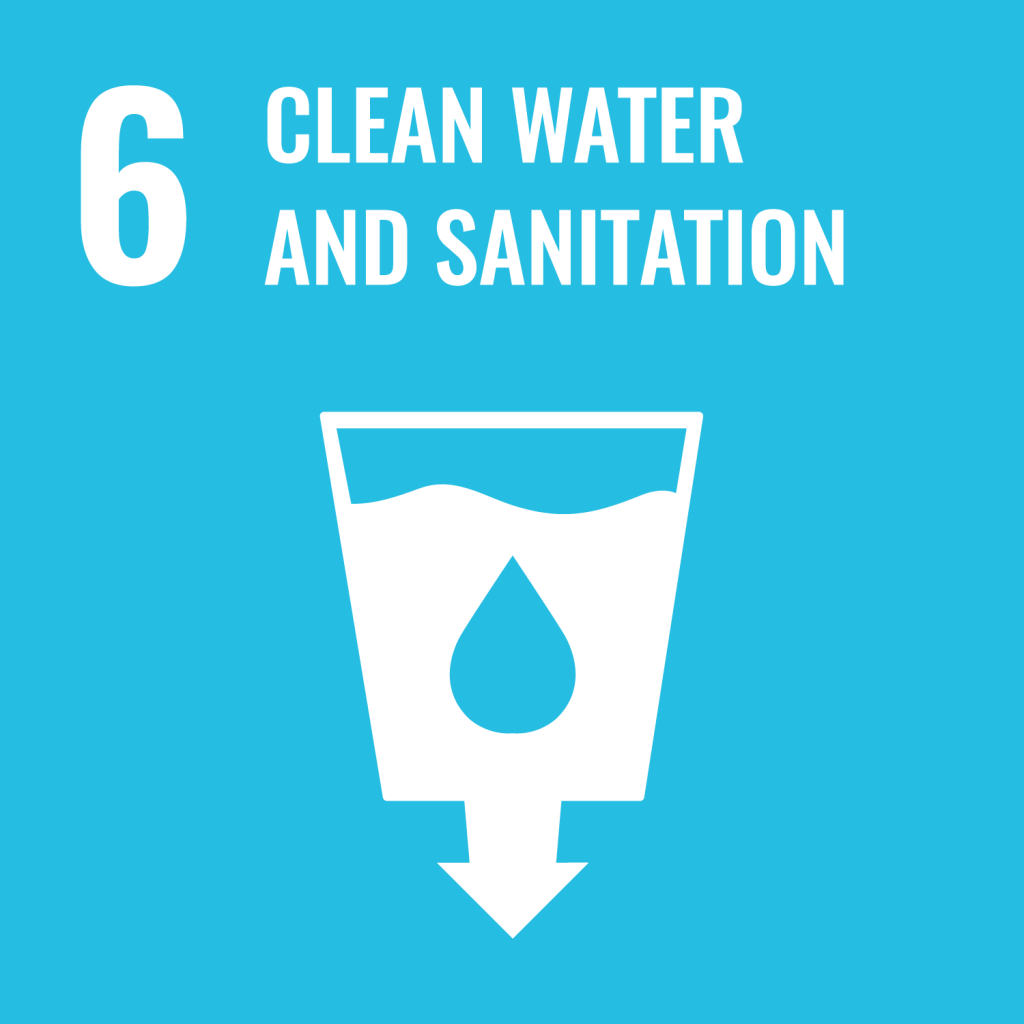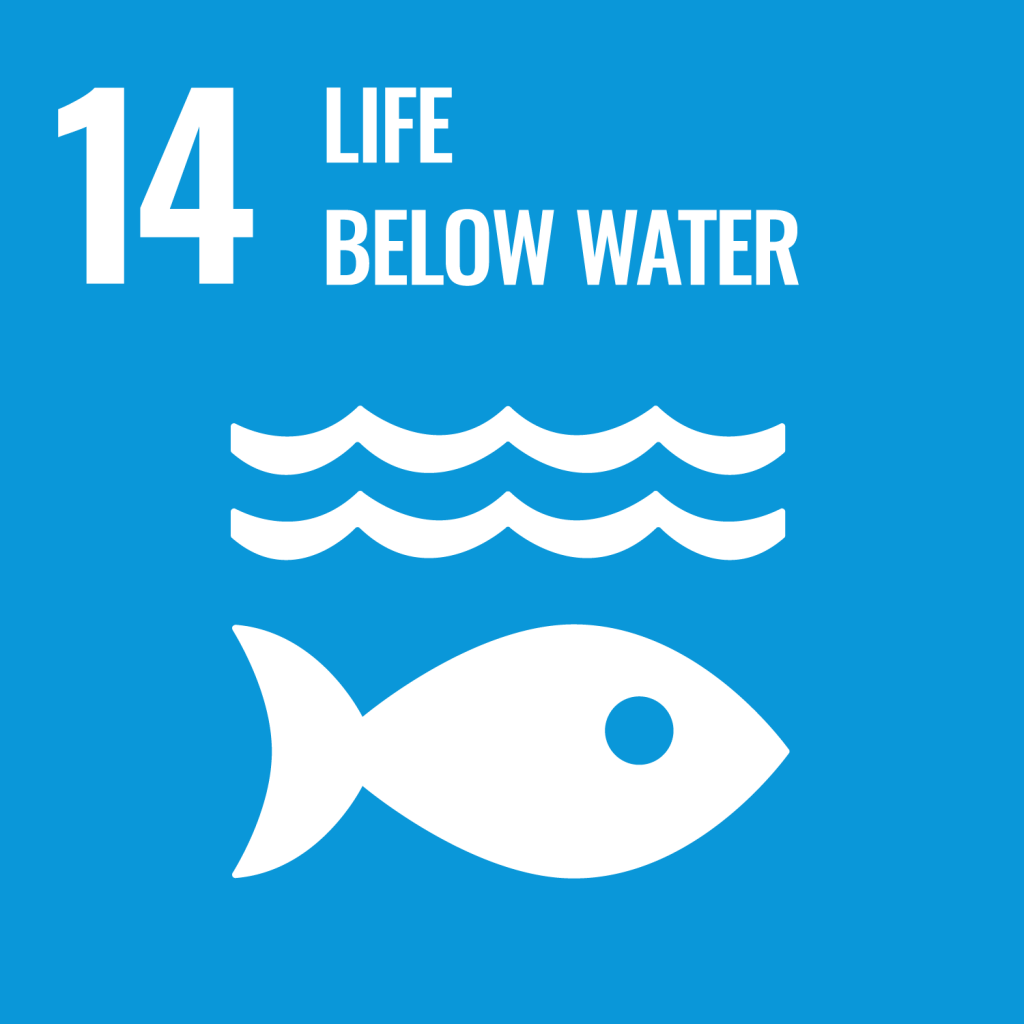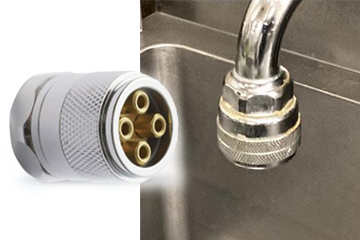Policy and Approach
Skylark Group uses large amounts of water in a series of processes such as washing employees' hands, cooking food, washing tableware and cleaning equipment at stores and central kitchens nationwide. All employees are working together to conserve water in consideration to the global environment and from the viewpoint of reducing costs.
To control environmental pollution, we have a policy of complying with laws, regulations, and ordinances, not discharging or using hazardous substances, and we ensure proper wastewater treatment and prevention of oil spills in our stores and factories.
We also surveyed our sites located in water risk areas where there is a risk of decline in quantity or quality of water resources using WRI Aqueduct's Water Risk Atlas, and found no sites located in “very high water risk” or “high water risk” basins as of the end of 2024.
Regarding water-stressed areas, there was one facility in Japan and one facility outside of Japan located in a “highly water-stressed” watershed, thus we are working to take appropriate measures.


Risks and Opportunities
Indicators/KPI
Examples of Company-wide Action
Skylark Group recognizes the sustainable use of water resources as a critical management issue and is actively engaged in their management and conservation.
As part of these efforts, we have consistently responded to the CDP Water security questionnaire, a global framework for water risk management. In 2024, our initiatives were highly evaluated internationally, and we achieved an "A Score."
We believe this accomplishment is the result of our Group-wide efforts to reduce water consumption, which include introducing water-saving equipment and improving the efficiency of water use under a unified, company-wide collaborative framework. We will continue to promote ongoing water conservation activities and disclose information in accordance with international standards.
Central Kitchen Initiatives

In addition to setting the amount of water per minute for employees' handwashing points using water-saving faucet inserts and automatically controlling them with a timer, we are also striving to save water at each site by controlling the amount of water and time according to the purpose of use.
Regarding water sources, we are reducing the actual amount of water by utilizing deep-level groundwater, using rainwater for cooling outdoor facilities, and making secondary use of wash water for cleaning equipment in our manufacturing areas. This includes efforts to reuse and utilize water for other purposes.
Furthermore, we have improved the amount of water usage by changing our cleaning methods. Each manager conducts water conservation patrols, and we run the "Mottainai Movement" for employees to limit waste. We also conduct quantitative management so that we can view the results by location on a daily basis, and our headquarters strives to confirm and control the progress.
Store Initiatives

In order to achieve a balance between both hygiene management and water conservation at our stores, we have established rules for hand-washing procedures and set standards for the amount of water used in handwashing areas, and are working to spread knowledge of this system through employee education. In addition, we are raising employee awareness of successful water conservation measures implemented in our stores through video distribution to all stores and online training. We are also actively adopting water-saving equipment such as water-saving faucet inserts, water-saving nozzles, experiments on the introduction of water-saving toilets, and washing machines.
For stores that still have room for more water-saving initiatives, we are visualizing water consumption and setting water-saving targets, under the name of the Mottainai Movement.
Some brands are asking for cooperation from customers to help conserve water, by discontinuing serving of water, and having them take water on an as-needed basis.
Investment in water-related risk mitigation
Unit:thousand yen
【breakdown】
- OPEX・・Water costs, water saving valves, water conservation system rental and maintenance fees
- CAPEX・・Installation cost of water-saving nozzles, replacement cost of eco-dishwashers
Skylark Group recognizes water-related risks in our business activities (e.g., the impact on business from water resource depletion and stricter water regulations) as a critical management issue, and we allocate financial resources to mitigate these risks. The figures above represent the specific costs and investments made to reduce these water-related risks.
Specifically, OPEX represents costs associated with daily water use, while CAPEX corresponds to investments in research and development to promote the efficient use of water resources through investments in equipment such as water-saving nozzles and eco-friendly dishwashers, aiming to reduce future water-related risks.
Wastewater Treatment
Our group utilizes a lot of water for cooking and washing dishes and utensils. For this reason, we also place great importance on improving the quality of our wastewater. Approximately 90% of our wastewater is discharged to third parties, but we also treat our own wastewater with tertiary and secondary treatment in accordance with legal standards.
In addition, wastewater quality and water temperature are inspected at least once a year to ensure proper management, alongside improvements at the source. During normal inspections, wastewater quality is checked by measuring water temperature, transparency, odor, and pH. When the competent government requires voluntary water quality inspections, water samples are collected and requested to an inspection agency for water quality testing, in addition to the water quality checks during normal inspections. As for its water quality testing, most of them are 5 items: pH, BOD, SS, N-hexane, and E. coli, but it varies from 1 to 8 items depending on the instructions of the competent administration. We will continue to strengthen management for the future.